
Our climate zone is called Mediterranean, but maybe we should start referring to our weather as uniquely “Californian.” We get our rain in winter and spring. But in between what we call “rain events,” we can have some of the most beautiful days imaginable. It is not uncommon to appreciate a perfect 78 degree beach day, only to be immediately followed by cold blustery winds, heavy rain, and snow levels below 3000 feet. Three or four days like that and when it clears, we’re back to the beach! No where on earth is quite like this.
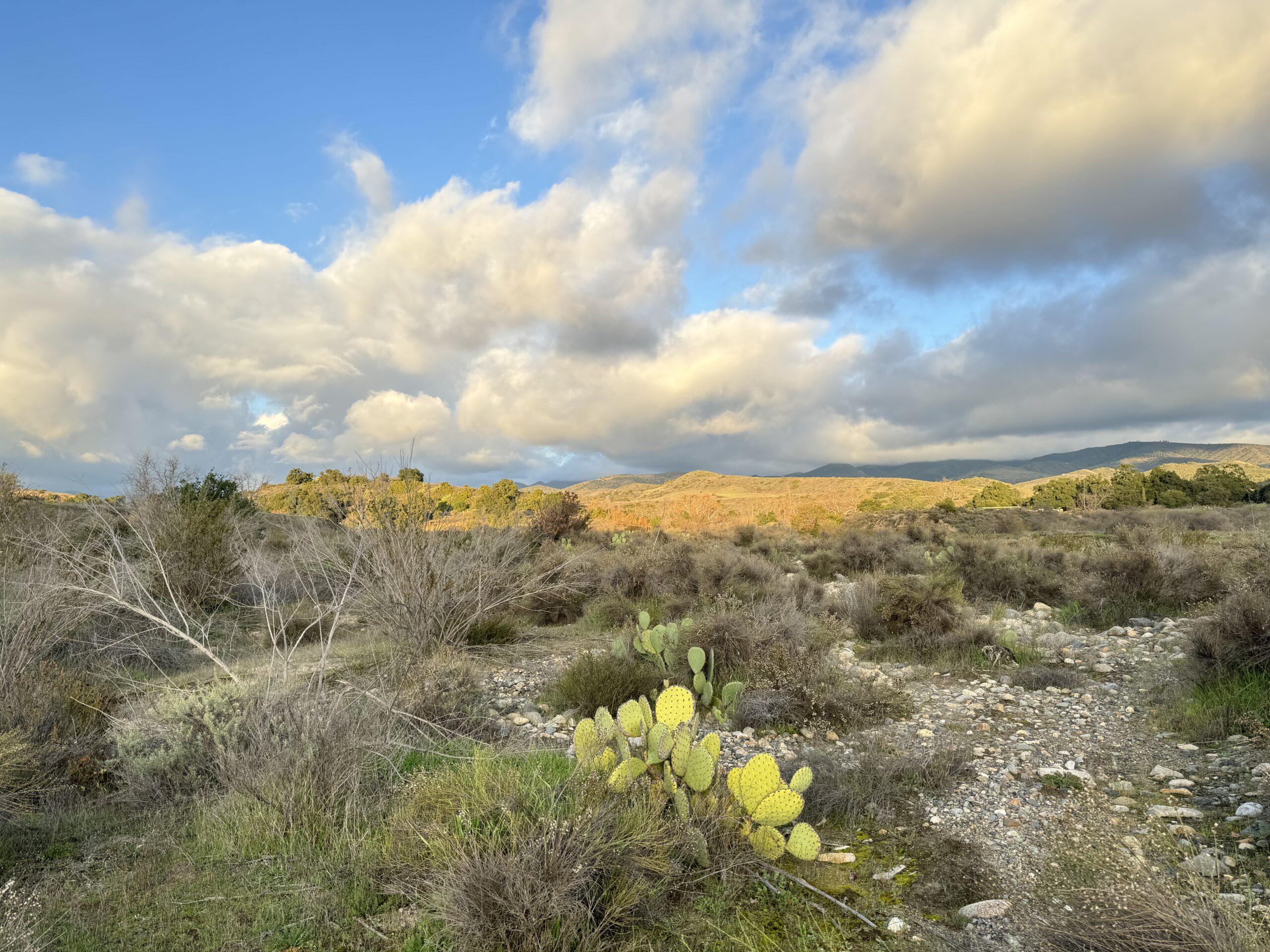
Current events, history, review, and notes
The answer to the Big Question we ask every November (Will we get rain this year?) arrives in waves if yes, and in an extended lull if no. So far this year we’re getting waves, pulses, significant rain events on fairly regular time schedules, with super nice weather in between the waves, with moist soil, healthy plants, and the upshot of all this tells us we’re in for a really good spring.
Watering
See above. The rains have got this one this year.
Related to Watering
If our wave pattern continues, you can watch the forecasts, you can put new plants in every time we have good weather. Then wait for the rain, or if we get skunked, water them in by hand.
Pruning
This month, no major pruning is needed, but if you see a few branches getting a little too leggy (long extended growth, out of proportion), you can “pinch them back.” We’re talking monkeyflower, Solanum, Monardella, Encelia and Artemisia. Just use your thumbnail and index finger to snip off the growing tip, usually less than one half inch growth. This will stimulate the plant to make side branches, by nipping its long awkward growth in the bud. Ooooof.
Weeding
It goes without saying, keep up on pulling the pesky invaders. If you sowed wildflower seeds last fall, you have a game set out in front of you. Itty bitty seedlings everywhere. Which might be weeds, and which might be spring flowers? That is (always) the question in February.
Mulching / Top Dress
Always trust the plants to make their own “leaf litter.” As they grow, plants replace old leaves with new, often leaving the old ones to fall straight down onto the soil surface above the root zone, where they decompose and provide nutrients. In the process, they shade the soil to keep it cool, lock in valuable moisture, and their consistent cover discourages weed growth. In a new planting, or just before summer, we can justify bringing in high quality mulch from a dependable source. But in winter and spring, let’s just watch the plants as they make their own.
Feeding
Even with the great weather between rains, the soil is still a bit cool for organic fertilizer to be of much effect. This can wait. Stay tuned.
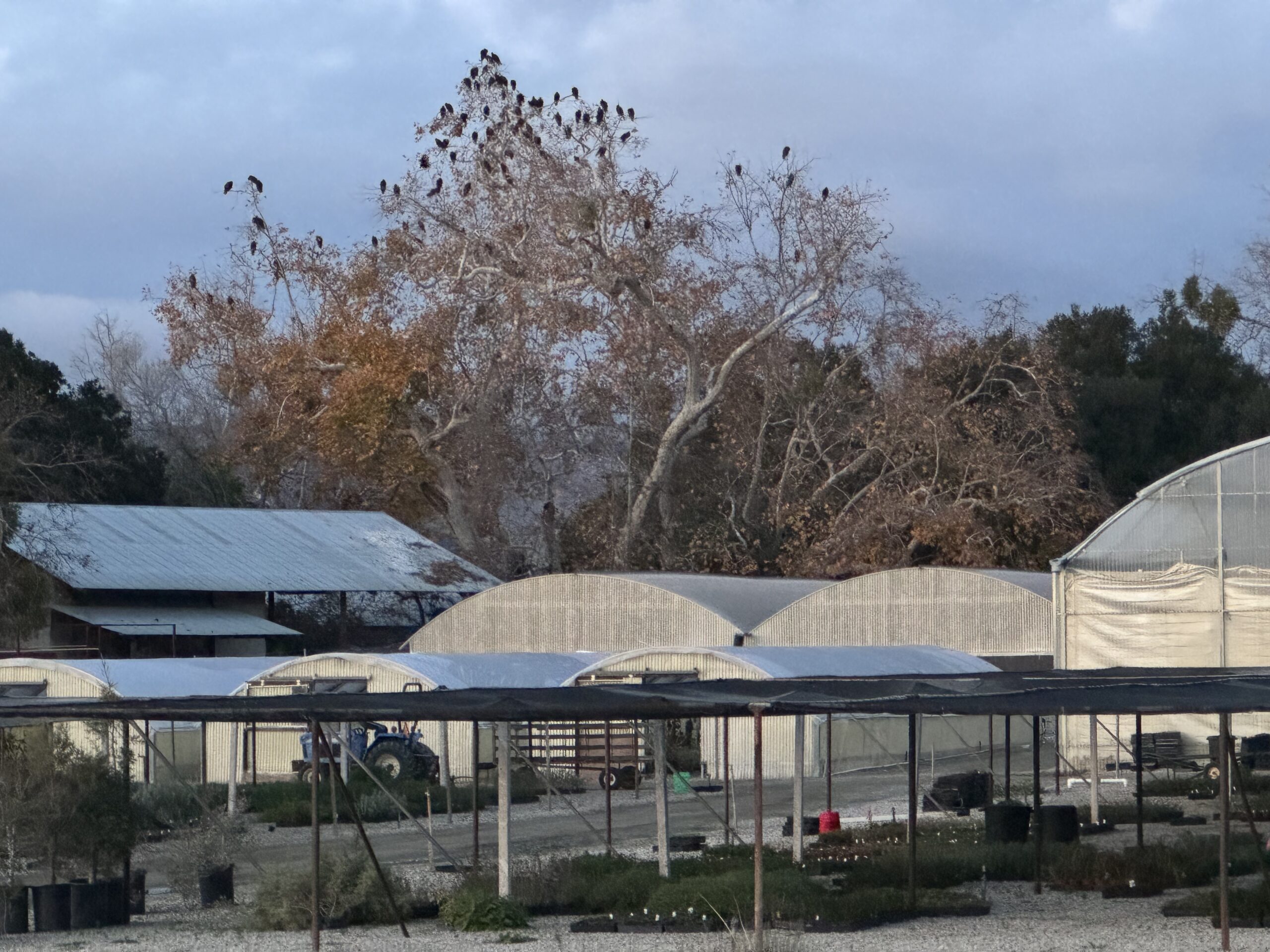
Troubleshooting – Varmints, Pests and Diseases
A few injurious plant pests (aphids, scale, mealybug, etc.) might start their new life cycles in early spring. If you have allowed your garden to exist without excessive inputs, practiced Re-wild, you can rest assured that your garden allies, the good guys (beneficials) will be there to meet the onslaught of bad guys, if and when they arrive.
Annual Wildflowers
Last call. We’ll see how the weather stacks up for the rest of the month, but February really is as late as you can sow seeds and still expect good bloom in spring. If you haven’t already, or you want to sow again for a bumper crop, come on by or contact us for mail order of numerous selections of wildflower seed mixes.
Adding New Plants
Fall, winter and spring are best. We are smack dab in the middle of the best season to put new plants in. Come on over! We’d love to see you!
Phytophilia
What are our plants saying this month? I’m hearing “cause and effect.” The favorable weather patterns this season are providing a certain predictability to our native vegetation. Growth rates are steady and stable, flowering is in sync with weather, we’ve had no extraordinarily cold periods so we’re not looking at recovery from damage… just happy plants showing us their synchronized responses to this year’s environmental episodes. They’re saying, “See? This is our reaction to every action that comes at us every day!”
Re-wild
Touch your plants… regularly. Not just for pruning, or in some garden chore, but mindfully and intentionally stop along the path, touch with your hands and fingers, and connect with an individual plant, a garden or a natural area you’re absorbing. You will get at least as much, maybe more than the plant out of this momentary connection. Healing. In a Re-wild garden, place plants where you have to brush up on them, or gently hold a branch so you can get by. This is especially good with aromatic plants.
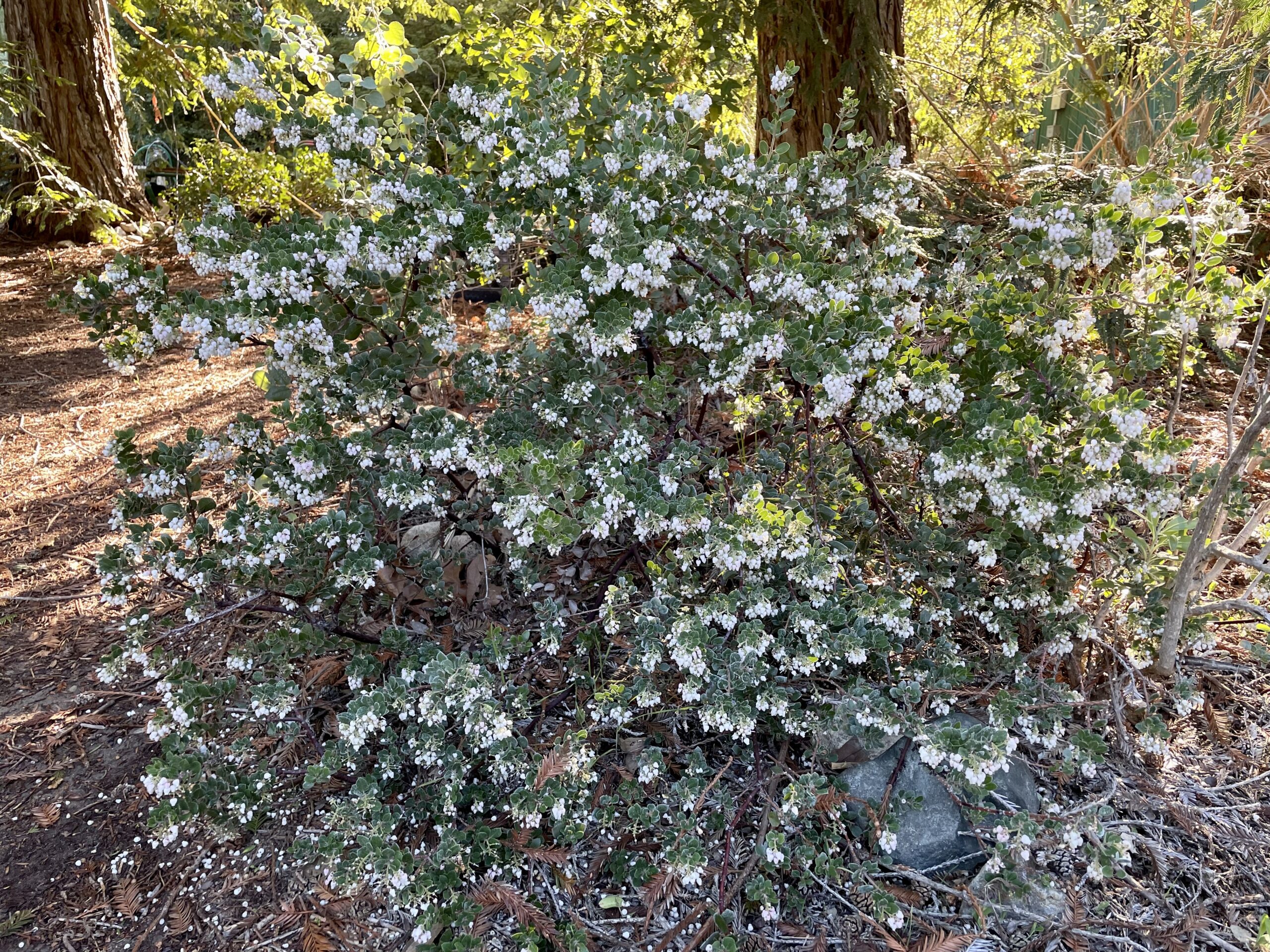
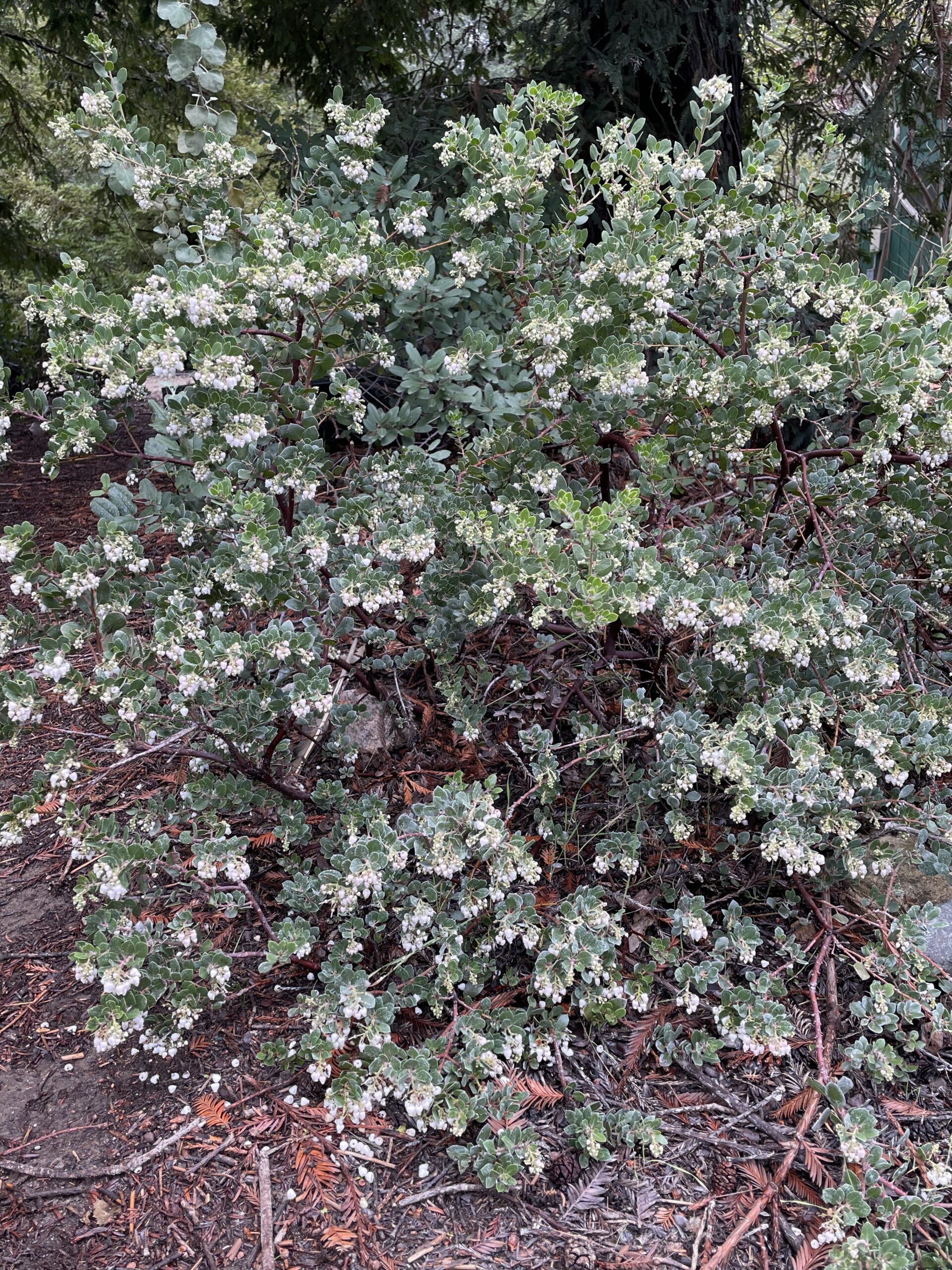
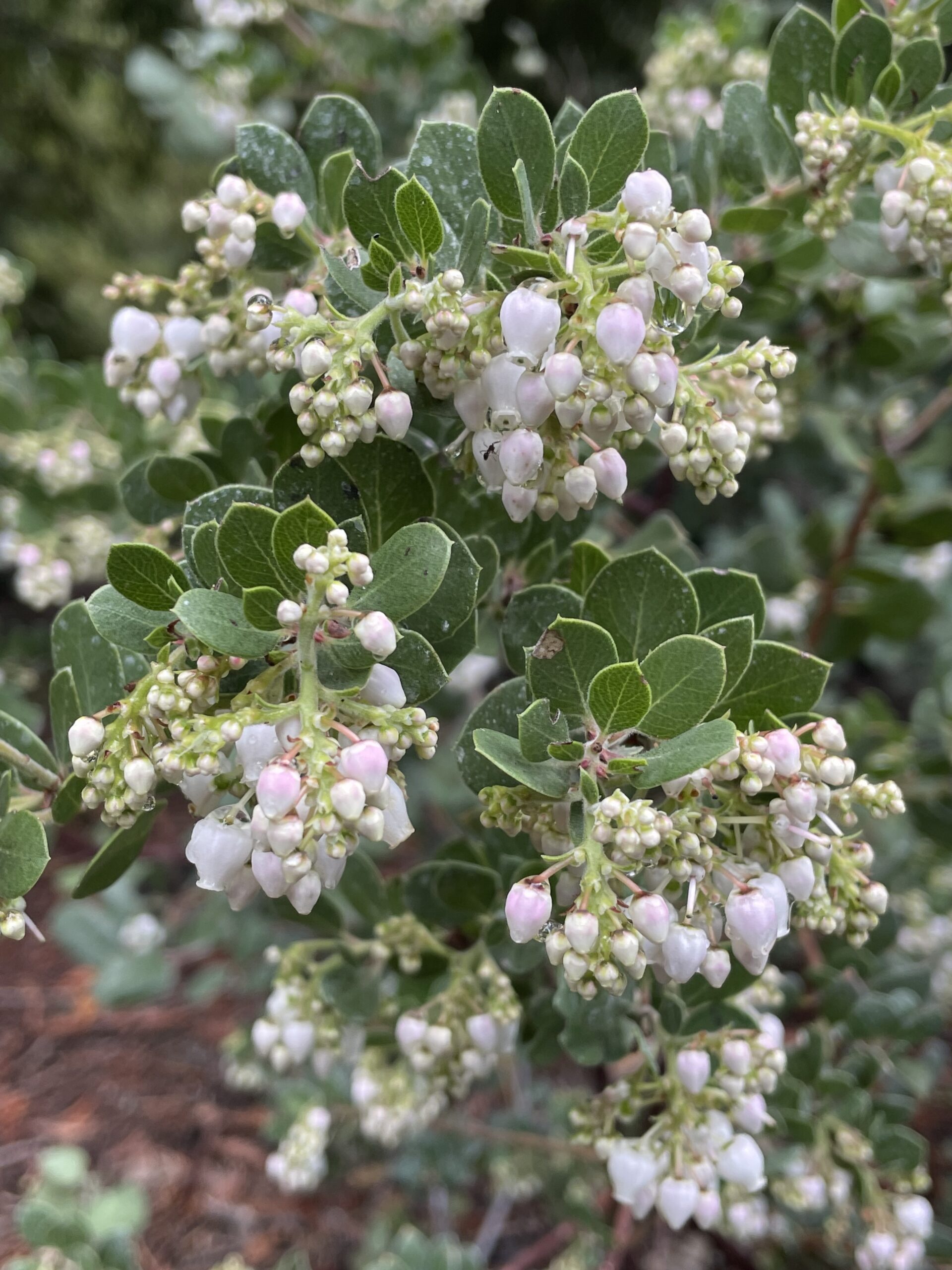
Important Review
Classic California weather
Good rain year
Rains have got this one
Weather forecast are planting schedules too
Pinching
Wildflower or weed?
Self-mulching plants
No fertilizer yet
Get the good guys ready for the bad guys
Last call on seed sowing
Plant new plants yes yes yes
Cause and effect
Healing touch
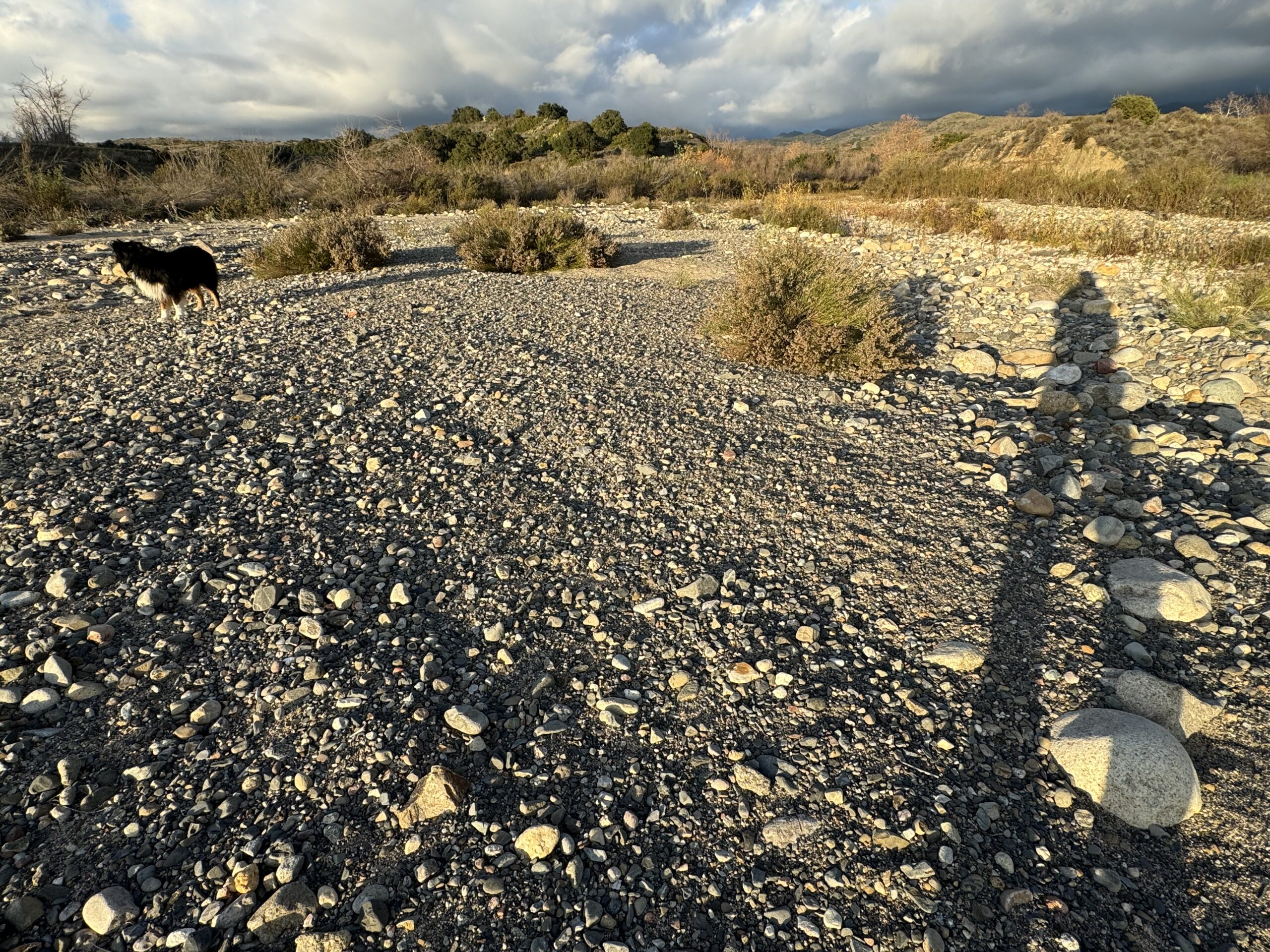
Engage
One of the things I like best about the little robot I carry in my pocket is that every day certain apps (Google Photos and Amazon Photos) ask me if I want to see the photos I took on such and such a date in years past. Sure, why not, knock yourself out, says I, and proceed to swipe and click accordingly.
I like them all, family, grandkids growing up too fast, nursery shots, and scenes from hikes and forays into nature. My how time flies as I swipe through the years. It’s kind of like an automated journal, and since I open the apps on cue (notifications), some algorithm somewhere is saying, “Hey we got this guy, he’s falling for it, let’s make him scrapbooks, and collections, and collages, and sound track videos, and highlights, and themed photo arrangements he can save or maybe even buy.” I am moderately active on those offers, clicking just enough to give the robots a mild hint that I’m vaguely interested, and buying nothing.
I can briefly relive some past moments, close the app, and go out to actually live in this moment.
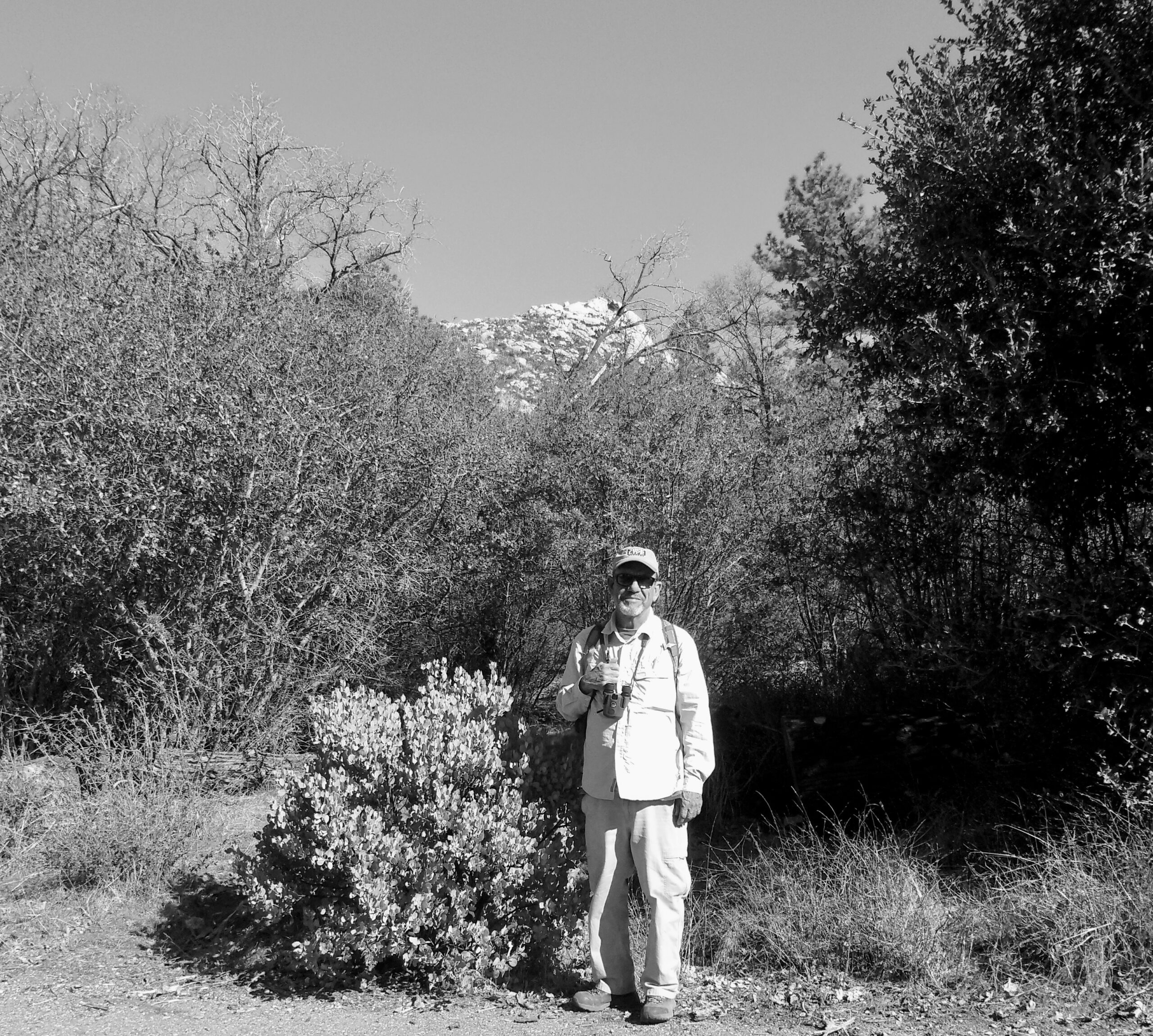
And the memories keep building. I guess our relationship with nature is pretty much like every other relationship in life. It takes a little effort, you only get as much out of it as you put into it, both parties are to be considered equal participants, we have to keep it consistent, regular, even scheduled, and we continually celebrate those intense moments of pure connection.
The relationship cannot be captured on film (think pixels and bytes, all you youngsters) but the images sure can evoke the emotions I felt the moment I took the pic.
I especially love the shots of my loved ones, even trees.
Let’s keep makin’ it, good times ahead,
From FEBRUARY in the Natural Garden,
Mike Evans
Questions? Help is just one call or one email away. Call (949) 728-0685 or email (with pictures if you like) our special helpline: gardenhelp@californianativeplants.com